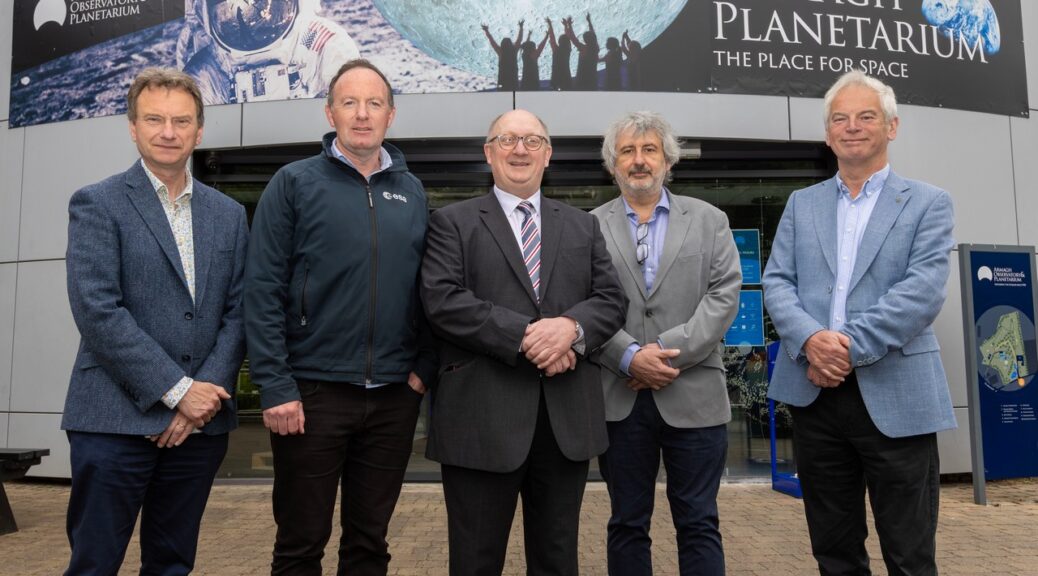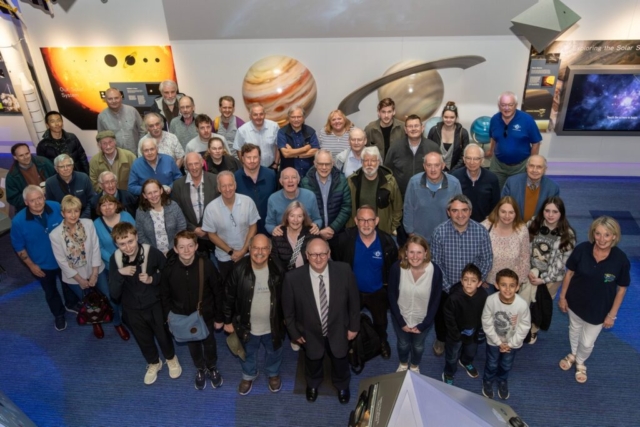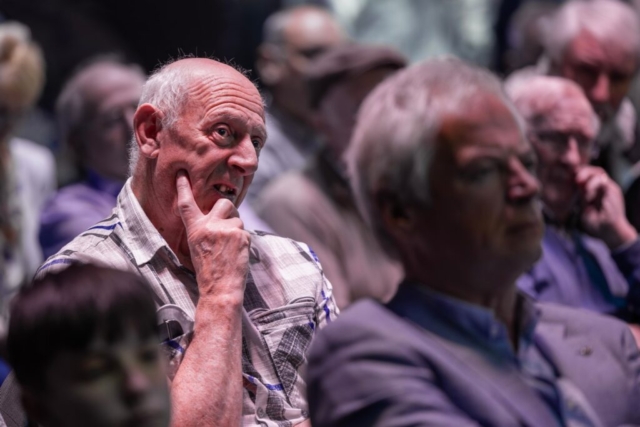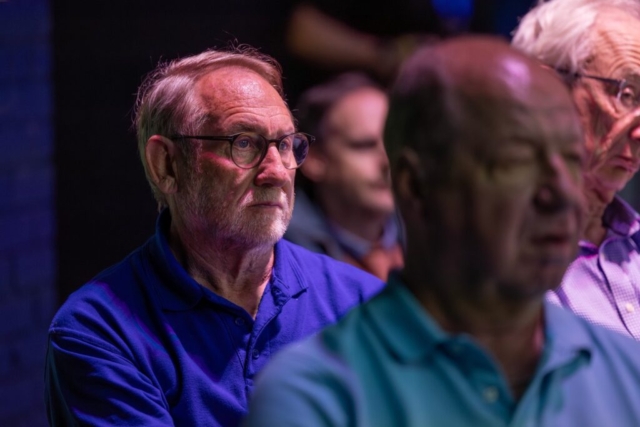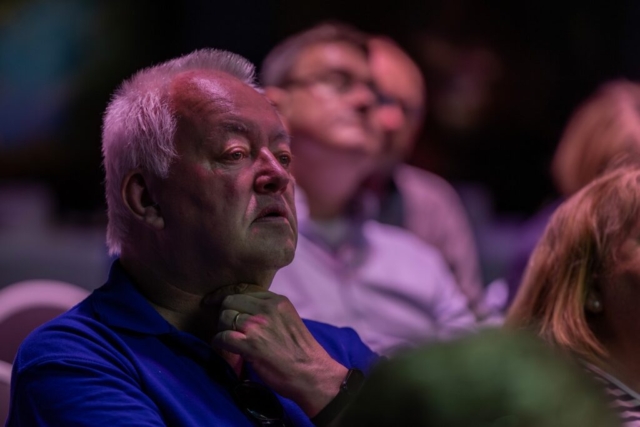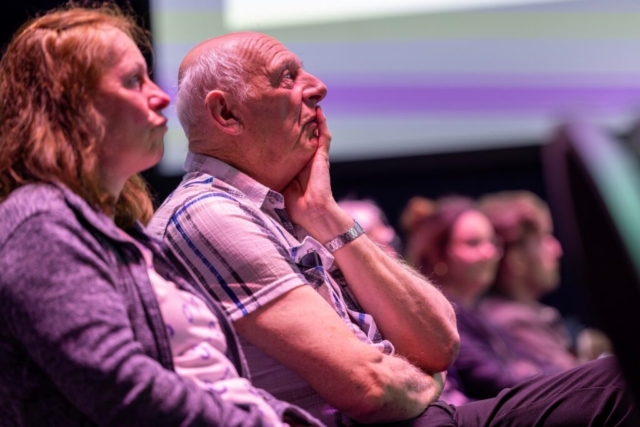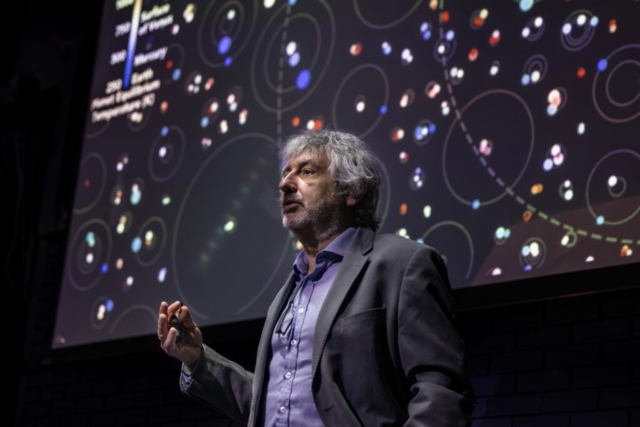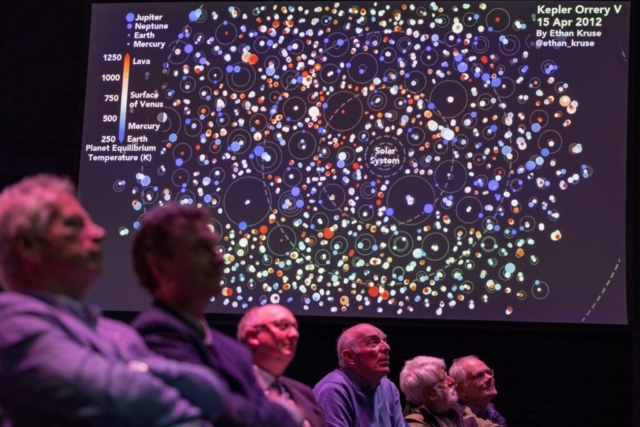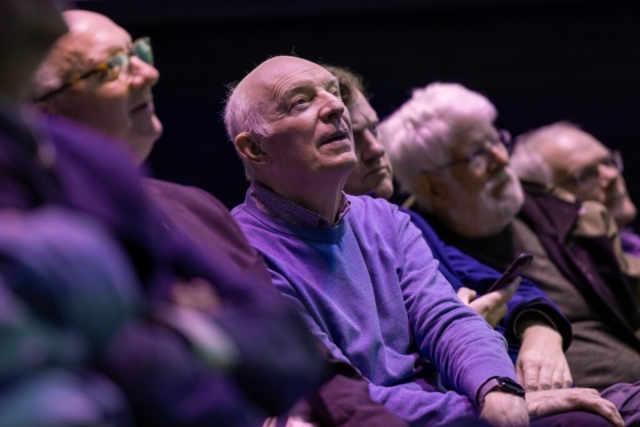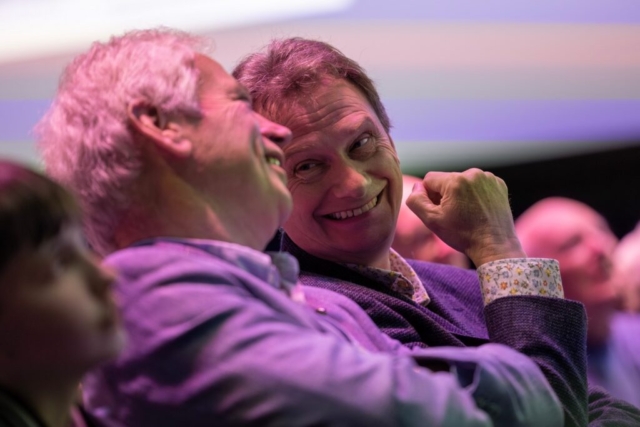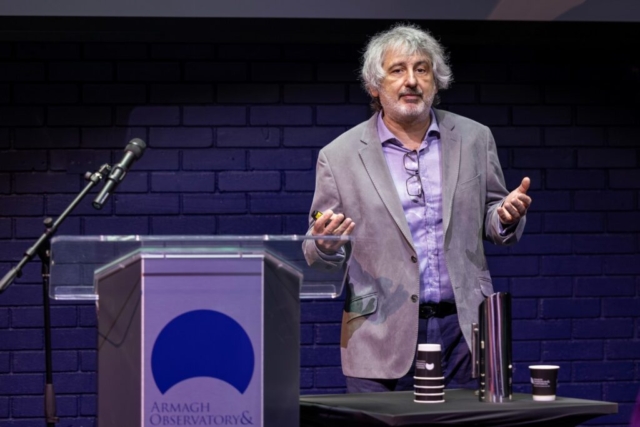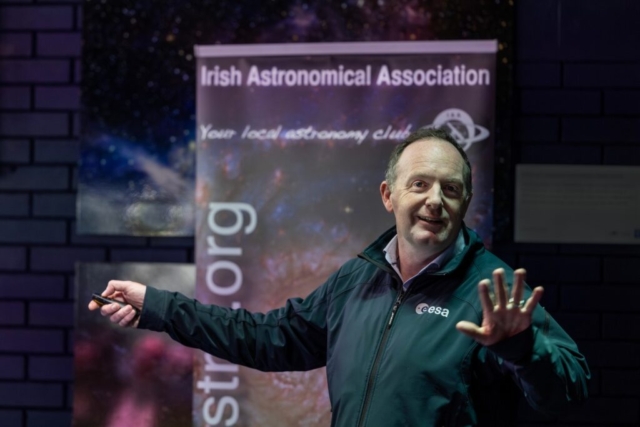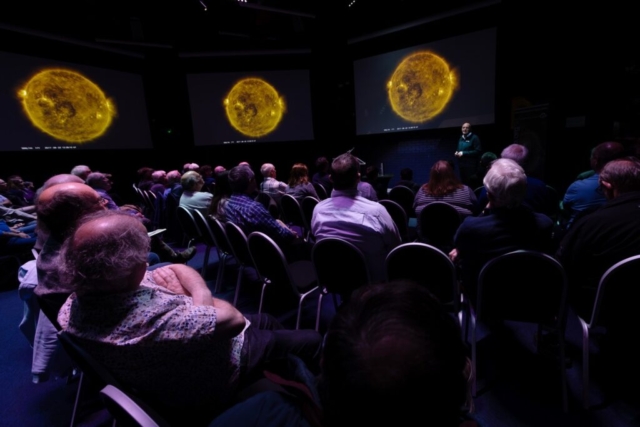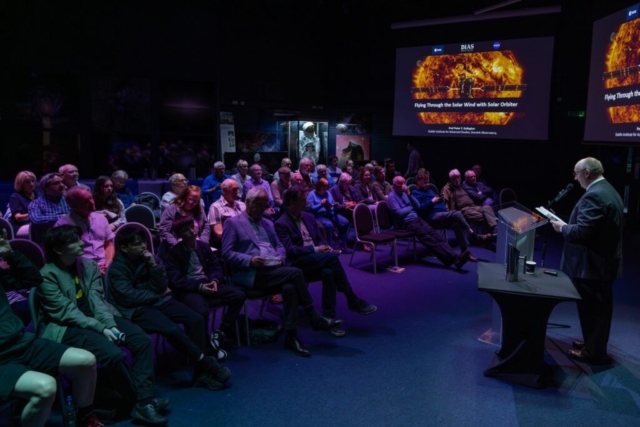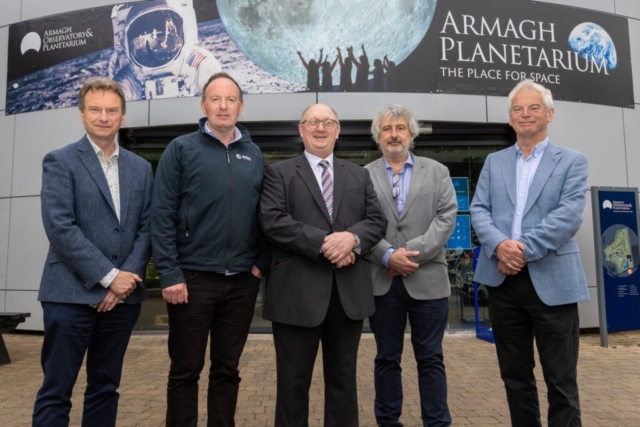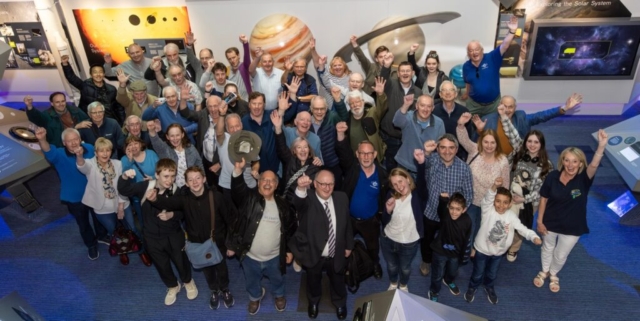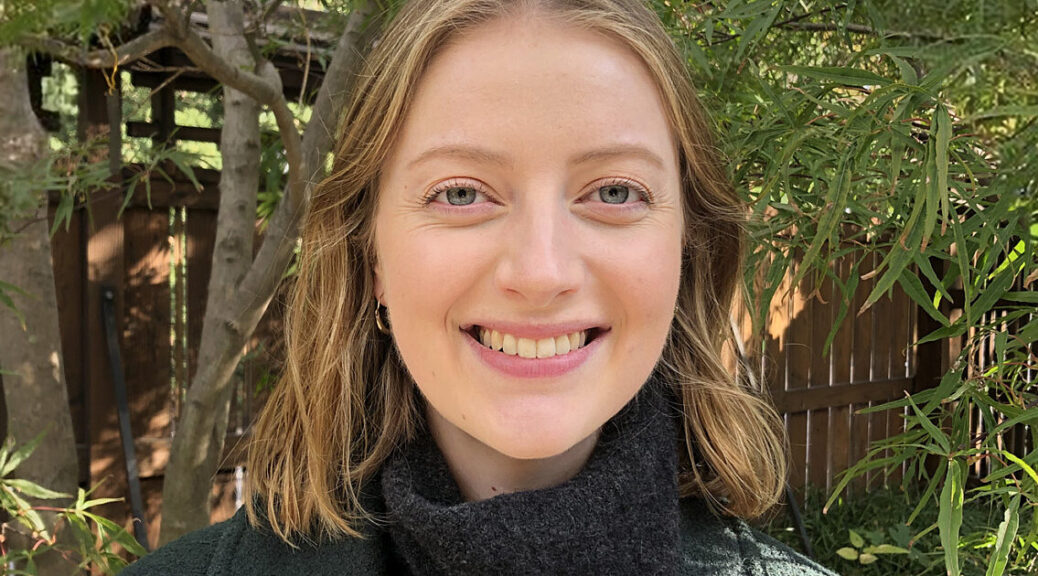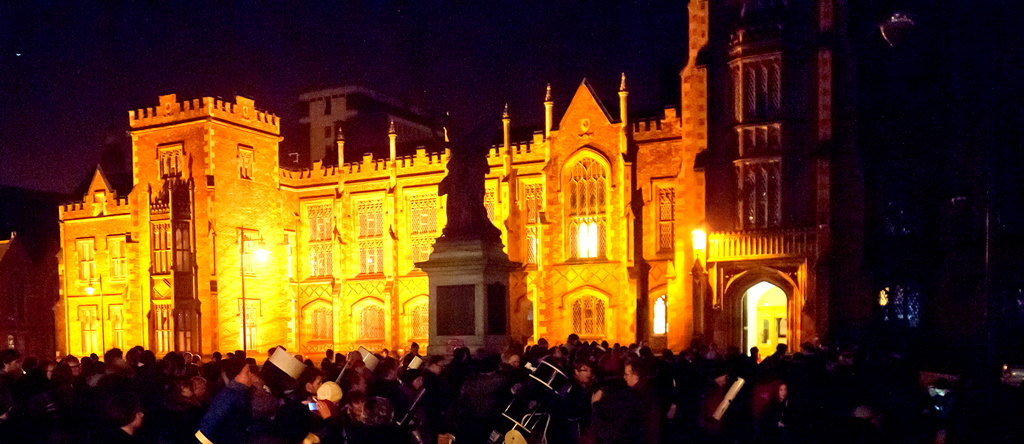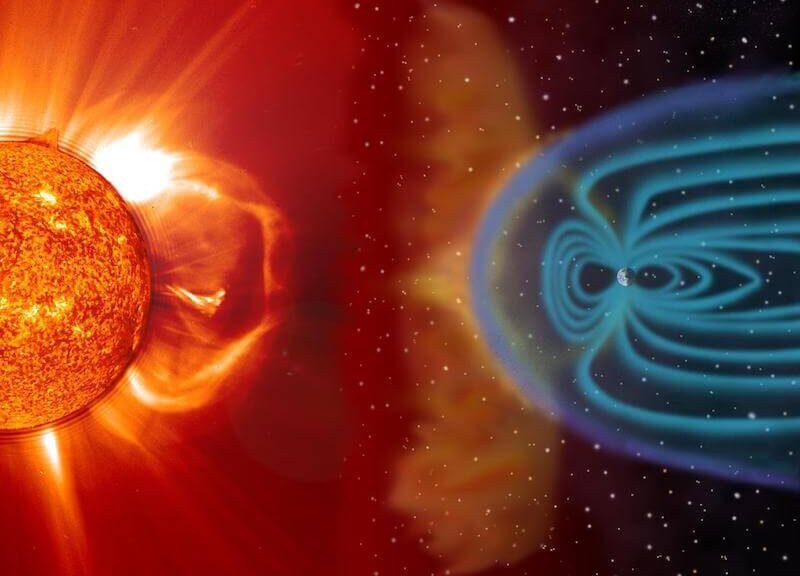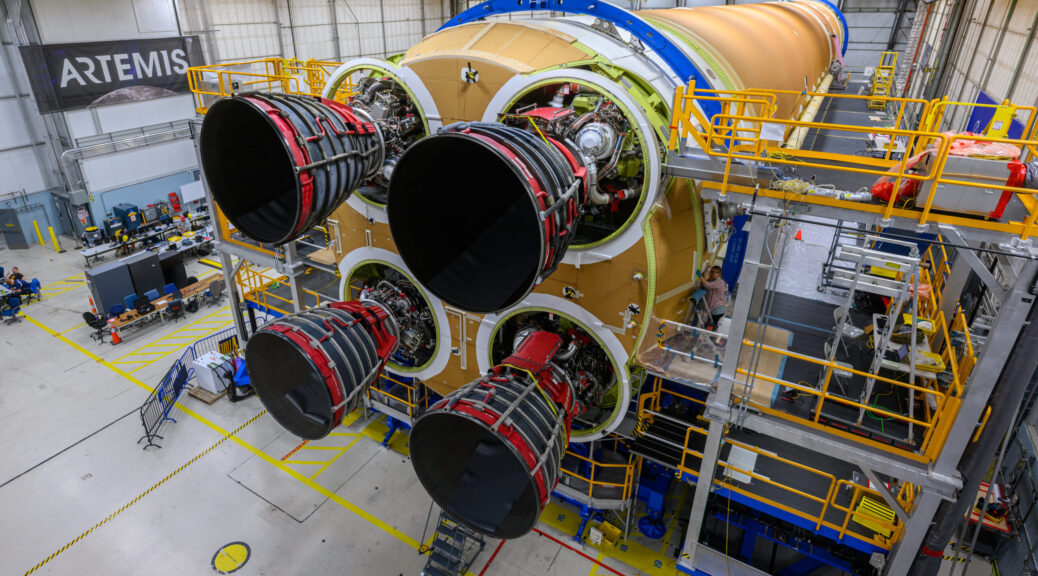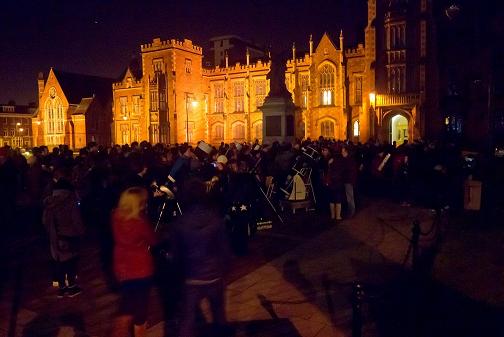Category Archives: IAA
IAA 50th Anniversary Event, Armagh, 18th May 2024
This major event will celebrate the 50 years since the formation of the IAA (formerly the Belfast and Armagh Centres of the IAS). We will have major speakers in the afternoon session, exclusive access to the Star-theatre all morning, tours of the observatory and Astropark and another little-known astronomy site.
Lunch and snacks will be provided on-site. There will also be an optional special anniversary dinner in the Armagh City Hotel. Non-IAA members and guests are welcome too: it will be a great day, not to be missed.
Further details available soon. But in the meantime, SAVE THE DATE!
You can pay by Paypal via the donation button on the IAA website
IAA LECTURE, Wed 20 March, 7.30 p.m. “Exometeorology: Weather on Worlds Beyond our Own” by Dr Johanna Vos, Trinity College, Dublin.
Synopsis
Major technological advances have enabled the discovery of a small number of directly imaged exoplanets. These imaged worlds can be studied in far greater detail than exoplanets detected by indirect methods such as transit and radial velocity techniques. Next-generation telescopes such as the recently launched James Webb Space Telescope and the upcoming 30-m telescopes (e.g. ELT, TMT, GMT) will enable direct exoplanet characterisation. In this talk I will discuss our current and future efforts to investigate the atmospheres of extrasolar worlds.
Biography:
Johanna Vos is an astrophysicist whose research explores weather on worlds beyond our solar system. Using world-class telescopes on ground and in space, her research has revealed the first insights into exoplanet meteorology. Originally from Dublin, she obtained her PhD from the University of Edinburgh followed by a research fellowship at the American Museum of Natural History in New York City. She was recently awarded a Royal Society – Science Foundation Ireland University Research Fellowship to establish her group at Trinity College Dublin. Passionate about supporting underrepresented minorities in science, she has worked alongside organisations including NASA, The Planetary Society and Stemettes on a variety of mentorship, outreach and citizen science programs.
VENUE: Larmor Lecture Theatre, Astrophysics Research Centre, Physics Building, QUB.
Admission free, including light refreshments, All welcome.
IAA LECTURE, Wed 6 March, 7.30 p.m. “Wind, storms and raining particles: Earth’s Space Weather ” by Dr Alexandra Fogg, Dublin Institute for Advanced Studies
With solar activity approaching a strong maximum, and last night’s aurora, this will be a fascinating and very timely lecture!
Biography:
Alexandra is a Space Scientist working at DIAS Dunsink Observatory in Dublin, a site of historical significance in Irish (and international) astronomy. She has always been passionate about science, technology, engineering and mathematics (STEM), and so completed her Physics degree with a specialism in space science and technology at the University of Leicester in 2016. With a passion for space physics, Alexandra completed a PhD on Earth’s Space Weather in 2020, which was a springboard for a career in space science.
Since 2020, Alexandra has worked in Dublin, researching primarily Earth’s Space environment and Space Weather through many different avenues. She has also explored similarities and differences with the space environments of different planets of the solar system.
In this talk, Alexandra will discuss the “winds”, “storms” and “rains” of Earth’s Space Weather. We will start at the centre of the Solar System, where the Sun’s atmosphere bubbles and streams out. This solar “wind” crashes into planets throughout the solar system, driving “stormy” conditions which in turn drive all kinds of dynamics. We will explore famous space weather storms throughout Earth’s history, and the impacts they have had on human technology. Finally, particles which “rain” down on the Earth’s atmosphere dramatically drive the Earth’s aurora: it’s Northern and Southern lights, and similarly driver aurorae throughout the Solar System.
VENUE: Larmor Lecture Theatre, Astrophysics Research Centre, Physics Building, QUB.
Admission free, including light refreshments, All welcome.
IAA Lecture, Weds 13th December – Two for the price of one (Free!)
Luke Majury –
Biography: I am Luke, a PhD student researching multi-wavelength observations of solar flares under Dr. Ryan Milligan. I have recently completed my first year of PhD study following the completion of an integrated master’s degree in astrophysics at QUB. Before starting an integrated master’s degree, I developed an interest in astronomy whilst undertaking a GCSE in the subject during my spare time under the tutelage of my secondary school physics teacher. My research currently revolves around comparisons of hydrogen Lyman-alpha and hard X-ray emissions during solar flares.
Synopsis/Abstract: Solar flares are among the most powerful events in our solar system. They occur due to the release of magnetic energy in the uppermost layer of the solar atmosphere. This process accelerates particles to high energies, with these energetic particles dissipating their energy via Coulomb collisions, resulting in a burst of electromagnetic radiation which we observe as a flare. Solar flares have been observed as early as 1859 during the Carrington event, since then great advances have been made in our understanding of flares via both observational and theoretical work. As we approach the peak of solar cycle 25 flares will become more frequent, allowing for abundant observations to be made with state-of-the-art observatories such as Solar Orbiter, Solar-C and the Advanced Space-Based Solar Observatory.
Thomas Moore
Title: Fast! Slow? Bright or Faint‽: exploring the diversity of supernovae
With the advent of large-scale robotic sky surveys, the number of supernovae we discover has ’exploded’. In this talk I will discuss what supernovae are, some of the history of their discovery and their incredible diversity.
I will also discuss the discovery, follow-up, and periodic signals of SN 2022jli – the most exciting supernova of the decade? (although I am biased).
Bio:
Thomas is a final year astrophysics PhD student at Queen’s University Belfast where he obtained an MSci in Physics with Astrophysics in 2021. His research focuses on observation and modelling of supernovae discovered by the ATLAS all-sky survey and spectroscopic observations using the ESO New Technology Telescope.
Venue: Larmor Lecture Theatre, Physics building, Queen’s University Belfast, 7.30 p.m.
Admission free, including light refreshments. All welcome.
IAA Lecture, Weds 29th November – Dr. Jean Costes (QUB)
Title: Toward the discovery and characterisation of Earth-like planets
Abstract: More than 25 years after the first discovery of an exoplanet around a main-sequence star, more than 5000 exoplanets have been detected and confirmed.
These new discoveries have shown us the great diversity of exoplanets present in our galaxy. In the next decade, one of the major scientific challenges will be the discovery of habitable Earth-like worlds.
For example, the next European Space Agency mission PLATO (due to launch in 2026) is specifically tasked with finding Earth-analogue transiting planets. After describing basic concepts on the discovery of exoplanets, I’ll present during this talk some of the latest updates on the detection and characterisation of exoplanets. My focus will be on the remaining challenges that we are facing in order to detect our Earth 2.0.
Biography: I’m Jean Costes, a Research Fellow at Queen’s University Belfast.
I’m mainly working on the detection of exoplanets, focusing on the mitigation of stellar activity. As part of the HiRISE core team (a new instrument that we installed last summer at ESO Paranal in Chile)
I’m also looking into exoplanet atmospheres.
Venue: Larmor Lecture Theatre, Physics building, Queen’s University Belfast, 7.30 p.m.
Admission free, including light refreshments. All welcome.
IAA PUBLIC LECTURE, Wed 15 November, “Living with a (Active) Star”, by Dr Elizabeth Butler, ARC, QUB
Synopsis: Space weather is a very complex field, involving many different subject areas, that as a community we are still working to grasp. This talk will discuss what some current points of concern are, and the science and missions being directed at them.
Biography: Elizabeth Butler grew up in Minneapolis, Minnesota, hating physics. She wanted to write novels about dragons instead. Something shifted in high school – enough that she graduated from Northern Michigan University with a double bachelors in physics and writing.
After taking a gap year to drive mowers and utility carts around 32 miles of hiking trails while composing poetry in her head, she was accepted as a graduate student by the Astrophysical and Planetary Sciences Department of the University of Colorado in Boulder. There, she fell in love with planetariums, solar physics, and the developing field of space weather, and later used all three to become a Fellow in the National Science Foundation’s Graduate Research program.
After weathering two wildfire evacuation notices, a mass shooting, and a global pandemic, she graduated with her PhD in 2022, defending a dissertation that was two thirds solar flare physics and one third human subjects work on bridging the space weather research and forecasting communities.
She then accepted the opportunity to move across the pond to work at Queen’s Astrophysics Research Centre, where she has only received one of the seven visits threatened by friends and family. “
IAA PUBLIC LECTURE, Wed 1 November, Apollo to Artemis – The Next Giant Leap, by Paul Evans
SYNOPSIS
In 1961 President Kennedy set NASA the goal of landing a Man on the Moon and returning him safely to the Earth by the end of the decade. This goal was achieved by Apollo 11 in July 1969 and further Moon missions followed until the program ended in 1972. The US presence in space changed focus to the Space Shuttle which ran from 1981 until it was ended in 2011.
In the 1990s the idea of returning to the Moon began to gain traction and in the 2000s the Constellation Program took shape with the design of the Orion capsule and the Ares rockets, however this program was cancelled after only one test launch.
The program returned as Artemis in the mid-2010s and the first Mission – unmanned- took place in 2022 and was successful. Further mission will follow, this time crewed.
This talk will look back at the Apollo history and the intermediate steps and will then focus on the upcoming next steps in the Artemis program giving a guide to what to expect in coming years.
Biography:
Paul was a schoolboy in the 1960s and had some interest in Space. In 1968, with the Apollo 8 crewed Moon mission, this interest really lifted off, boosted by a Christmas present of Patrick Moore’s “Oberservers’ guide to Astronomy” which began his lifelong interest in all things space.
Paul has lived in NI since 2003 and is currently in his sixth non-consecutive year as IAA President and has also been Chair of IFAS where he is currently Vice-Chair.
He lives on the Antrim Coast with wife Jude and cat Ollie and during the day he keeps the TV and Radio on air.
Venue: Larmor Lecture Theatre, Physics building, Queen’s University Belfast, 7.30 p.m.
Admission free, including light refreshments. All welcome.
2023/24 Lecture Programme
The Lecture Programme is held in association with the School of Mathematics and Physics, Queen’s University Belfast.
It runs from September until the end of April and is held in the Larmor Lecture Theatre in the Physics Building, main campus, Queen’s University, Belfast. Meetings start at 7.30pm sharp and consist of a short talk given by one of our members followed by the main lecture, usually given by a Professional Astronomer.
The lecture over, light refreshments are available free of charge. At this time members are free to mix and discuss the latest astronomical news and events. The meeting finishes at 10.00pm.
Non-members are also welcome to attend!
Sep 20: Prof Tom Ray, DIAS: JWST – Highlights of the First Year.
Oct 4: Robert Hill, NISO: Developing the N.I. Space Economy and Ecosystem
Oct 18: Richard Goodrich: Fear and Loathing in the Heavens: The 1910 Return of Halley’s Comet
Nov 1: Paul Evans: Apollo to Artemis – the next Giant Leap
Nov 15: Dr Elizabeth Butler, QUB: Solar mysteries ( Exact title TBC)
Nov 29 Dr Matt Nicholl, QUB (date TBC): Luminous Fast Coolers
Dec 13: TBA: (Two QUB Students?)
Cosmic Corner – A New All-Ireland Astronomy Podcast
HI Guys, Welcome to Cosmic Corner – this is a new Night Sky Guide for Ireland put together by me and Sinead Mannion and gives you a tour around some of the highlights of the September Sky. Do please have a listen, and if you like it, share it!
On Apple Podcasts now – https://podcasts.apple.com/…/cosmic-corner/id1705184817
On Spotify – https://open.spotify.com/episode/0xpHvYbGmuzFL8ZgA1v8Rz
Paul.

